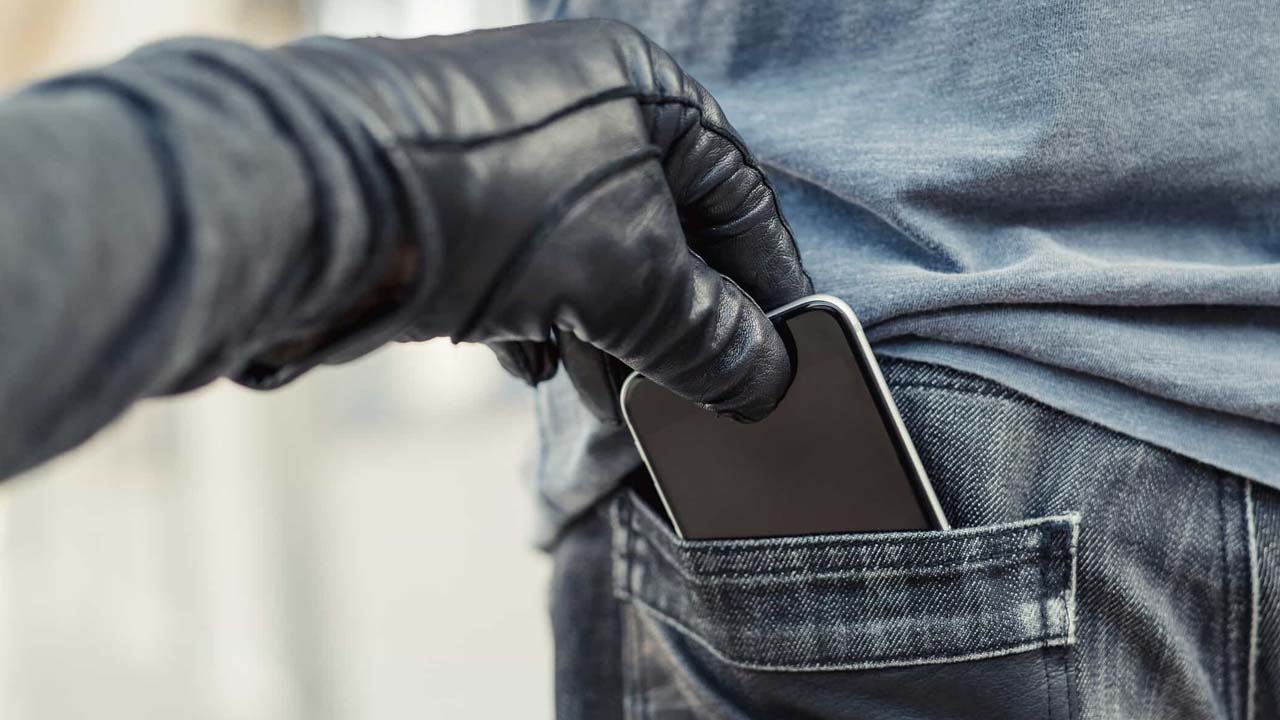If you think you may have purchased a stolen item, there are a few things you should do:
- Contact the police. You will need to file a report and provide any information you have about the item, including where and when you purchased it.
- Cooperate with the police investigation. This may involve giving them a statement or allowing them to search your home or business.
- If the item is returned to the rightful owner, you may be entitled to a refund or compensation. The police will be able to advise you on this.
- If you are charged with receiving stolen property, you will need to speak to a lawyer. This is a serious offense and you could be facing jail time.
Checking If the Item Is Stolen
If you think you may have purchased a stolen item, there are a few steps you can take to check.
First, check the item’s serial number against a national database of stolen items, like the National Crime Information Center (NCIC) in the United States. If the item comes up as stolen, you can file a police report. The police may be able to help you track down the rightful owner and return the item. You may also want to check local online classifieds and auction sites to see if the item is being sold by someone in your area.
If you find the item for sale, you can contact the seller and ask if they have proof of purchase or if they know the item’s history. If the seller is unable to provide proof of purchase or information about the item’s history, it’s possible that the item is stolen. If you think you have purchased a stolen item, you should contact the police and file a report. The police may be able to help you track down the rightful owner and return the item.
Reporting a Stolen Item
If you believe you may have purchased a stolen item, there are a few steps you can take to report it. By taking the proper precautions and knowing who to contact, you can help law enforcement officials track down the item and return it to its rightful owner.
The first step is to contact the police department in the jurisdiction where the item was purchased. Explain the situation and provide as much information as possible about the item, including any serial numbers, markings, or other identifying features. The police will then be able to determine if the item has been reported as stolen and take appropriate action.
If the item has not been reported as stolen, you may still be able to return it to the rightful owner. To do this, you will need to contact the local pawn shops and second-hand stores in the area and provide them with a description of the item. They may be able to help you locate the owner and arrange for the return of the item.
If you are unable to locate the owner or return the item, you can always donate it to a local charity or thrift store. This way, you can be sure that the item will be put to good use and will not end up back on the black market.
Preventing Future Purchases of Stolen Items
If you think you may have purchased a stolen item, there are a few things you can do to try to prevent future purchases of stolen items.
- Check the serial numbers. If you have the serial numbers of the item you purchased, you can check them against databases of stolen items, such as LeadsOnline or the National Crime Information Center (NCIC). If the item comes up as stolen, you can return it to the rightful owner and avoid any legal trouble.
- Get a receipt. Whenever possible, get a receipt for the items you purchase. This will help you track down the seller if the item is later determined to be stolen.
- Be aware of red flags. There are some red flags that may indicate that an item is stolen. For example, if the seller is unwilling to give you a receipt or answer questions about the item, that may be a sign that the item is stolen. Also, be aware of unusually low prices, as this may also be a sign that the item is stolen.
- Check online listings. If you’re considering purchasing an item from an online marketplace, such as Craigslist or eBay, check the listing carefully for any red flags. For example, if the seller is unwilling to meet in person or provide a detailed description of the item, that may be a sign that the item is stolen.
- Trust your gut. If something about a purchase feels “off,” trust your gut and don’t go through with the purchase. It’s better to be safe than sorry.
By following these tips, you can help to prevent future purchases of stolen items.



